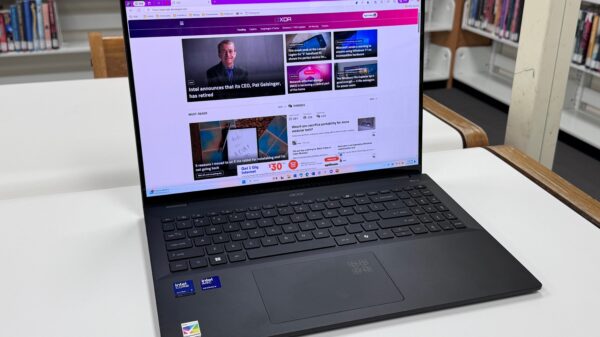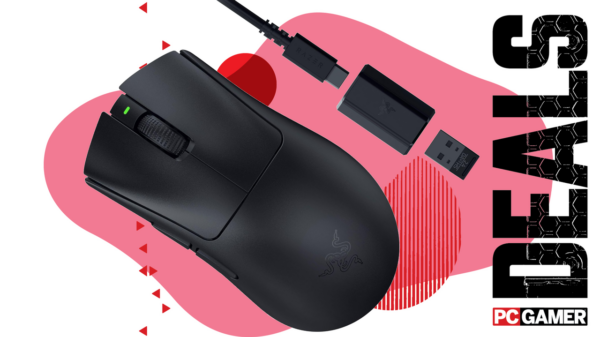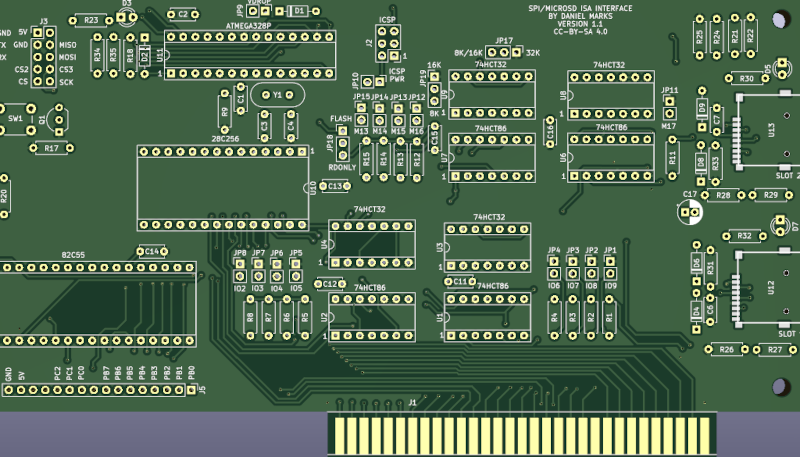Recent advancements in retro computing have led to the creation of a new ISA card that enhances the functionality of older computer systems. This innovation, designed by a developer known as [profdc9], utilizes the ATMega328P microcontroller to provide two secure digital (SD) card slots for mass storage. The initiative reflects the growing interest in preserving and upgrading vintage technology while making it accessible to hobbyists and small companies.
Modern Tools Facilitate Retro Projects
In the early days of personal computing, designing and laying out an ISA board was a significant challenge. Many enthusiasts lacked access to advanced tools, often relying on drafting tables and manual methods to create circuit boards. Fast forward to today, and the landscape has changed dramatically. With modern software and hardware tools, projects that were once considered daunting are now achievable.
The card developed by [profdc9] not only incorporates two SD card slots but also includes an interface for a Wiznet 5500 Ethernet adapter, allowing for future expansion. This feature opens up possibilities for users to enhance their older machines with modern connectivity options. The design prioritizes the use of components that are easily obtainable, ensuring that the card remains viable in the foreseeable future.
Reimagining the Past
Imagining the impact of such a card during the early days of the ISA bus is intriguing. The ability to manage data storage on a computer that once struggled with limited resources would have seemed revolutionary. As technology continues to evolve, the intersection of old and new remains a rich area for exploration.
While not everyone may need an ISA mass storage card, [profdc9] has certainly provided an option for those interested in reviving vintage computers. For enthusiasts looking to dive deeper into the technology, resources are available to guide them through the process of working with this innovative hardware.
The emergence of projects like this highlights a growing movement within the tech community to embrace retro computing. By utilizing modern tools and components, developers can breathe new life into systems that were once considered obsolete. The journey of creating and enhancing retro technology is not just about nostalgia; it is about reimagining what these machines can do in today’s digital landscape.







































































